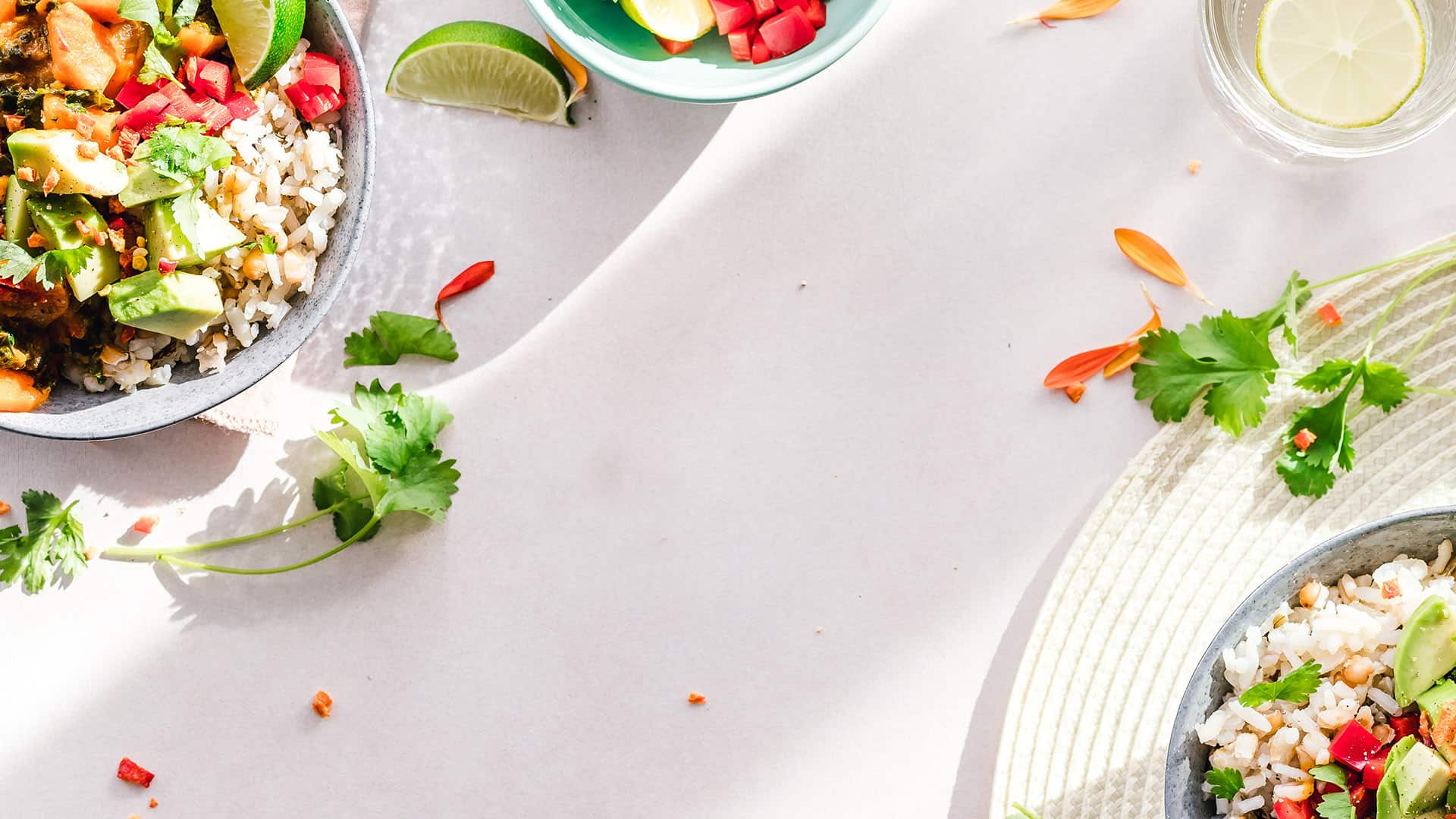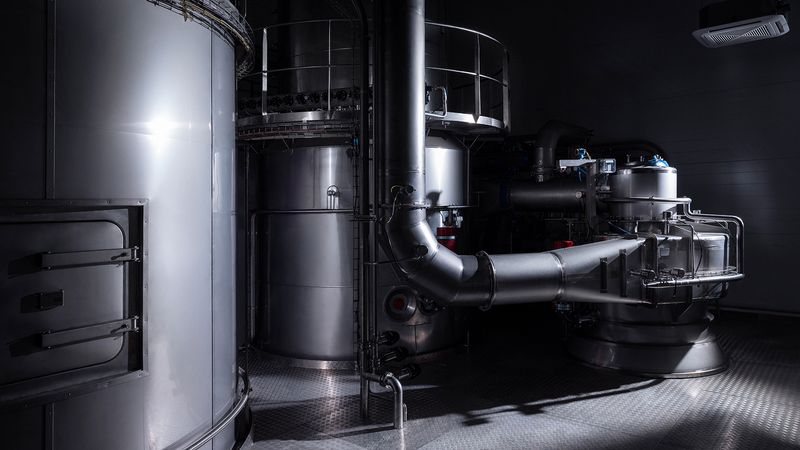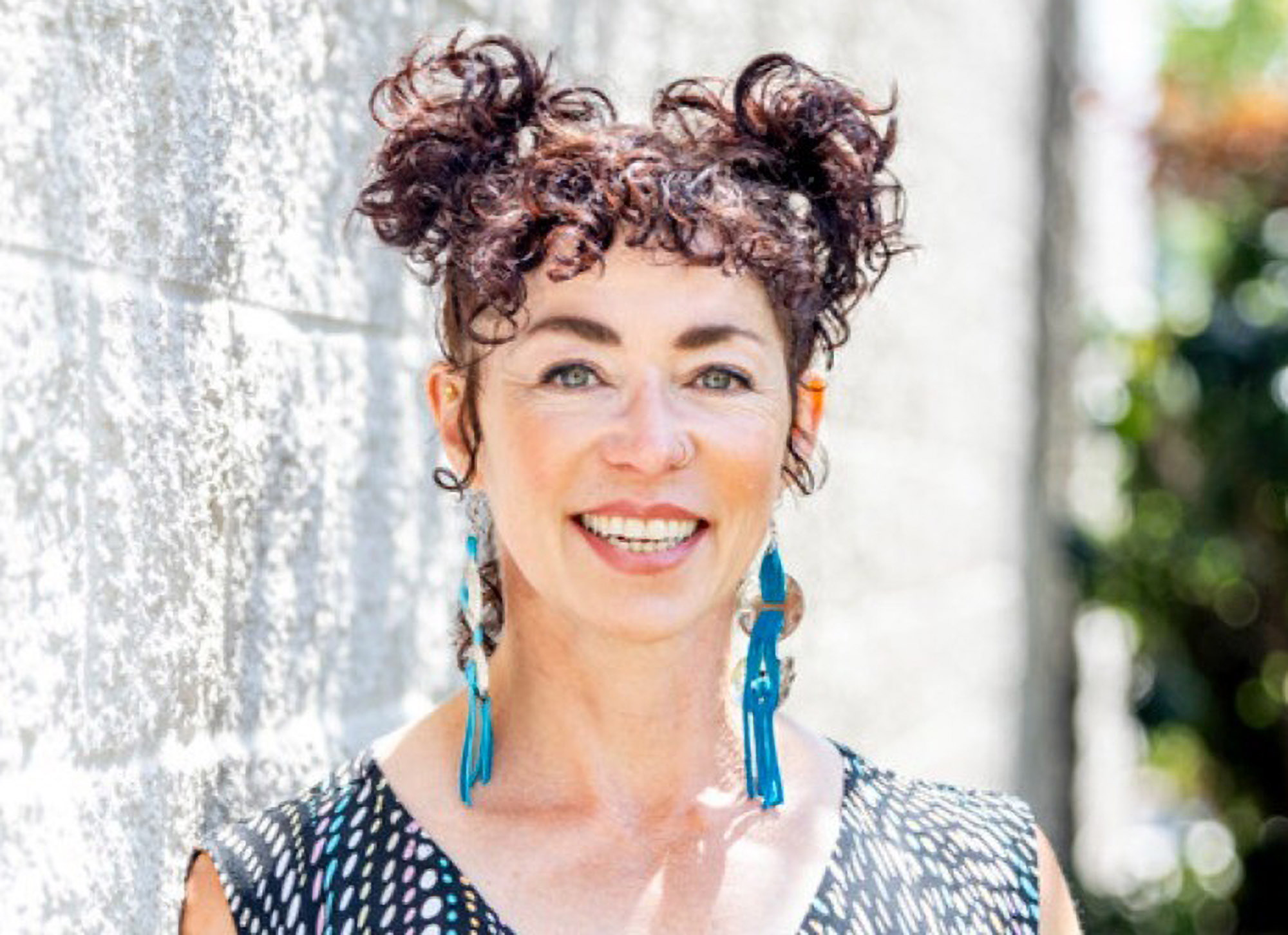

Aloe vera scaffolds show potential for cultivated meat production
A new study published in npj Science of Food suggests that Aloe vera-derived scaffolds could provide a sustainable and scalable solution for cultivated meat production. Conducted by researchers Gilad Gome, Benyamin Chak, Shadi Tawil, Itai Rotem, Ivana Ribarski-Chorev, Jonathan Giron, Oded Shoseyov, and Sharon Schlesinger, the study demonstrates that Aloe vera parenchyma, a byproduct of the cosmetics and food industries, can be repurposed as a three-dimensional support structure for growing bovine fat tissues, potentially enhancing the texture and mouthfeel of alternative protein products.
The study, conducted by researchers from the Hebrew University of Jerusalem and other institutions, explores the structural properties of Aloe vera cellulose and its ability to support bovine mesenchymal stem cell (bMSC) adhesion, proliferation, and extracellular matrix formation. By incorporating oleic acid into the system, the team successfully induced fat accumulation, producing lipid-rich tissue layers that could serve as fat inclusions for plant-based meat alternatives.
Scaffolds play a critical role in cultivated meat production by providing a framework for cell attachment and tissue formation. The study highlights Aloe vera’s suitability as a scaffold due to its porous structure, which facilitates liquid retention, nutrient absorption, and cell growth. Unlike synthetic or animal-derived scaffolds, Aloe vera parenchyma is an agricultural byproduct that aligns with sustainability goals while offering biocompatibility for food applications.
“Aloe vera is widely used in food and cosmetics, making it an attractive candidate for cultivated meat scaffolds,” the authors state. “Its structural and nutritional properties provide an optimal environment for cell proliferation and tissue formation.”
One of the key challenges in cultivated meat is replicating the fat content and marbling found in conventional meat products. Fat contributes to flavor, juiciness, and texture, making its inclusion essential for consumer acceptance. In this study, the researchers seeded bMSCs onto Aloe vera scaffolds and cultured them in a novel macrofluidic single-use bioreactor (MSUB) system. After exposing the cells to oleic acid, they observed the formation of fat-like tissue, with lipid droplets accumulating within the scaffold matrix.
Microscopic analysis confirmed that the bovine cells adhered well to the Aloe vera material, forming dense colonies. Histological staining also revealed collagen deposition, further supporting the scaffold’s suitability for tissue engineering applications.
The findings underscore the potential of Aloe vera scaffolds to address scalability and cost-effectiveness in cultivated meat production. Traditional scaffolding materials often require complex processing or are derived from animal sources, limiting their viability for large-scale, plant-based applications. By utilizing an abundant agricultural byproduct, the study proposes a solution that could reduce production costs and environmental impact.
The use of macrofluidic single-use bioreactors in the study also highlights an innovative approach to bioprocessing. The system demonstrated the ability to maintain scaffold integrity under agitation, indicating its potential for larger-scale applications.
“With continued optimization, Aloe vera scaffolds could play a key role in structuring hybrid meat products, offering a bridge between plant-based and cultivated fat components,” the researchers suggest.
While the study presents promising results, further research is needed to refine the cultivation process, optimize fat deposition, and explore the integration of muscle cells for whole-cut meat alternatives. The authors also emphasize the need for regulatory assessments and sensory testing to evaluate consumer acceptance.
If you have any questions or would like to get in touch with us, please email info@futureofproteinproduction.com






